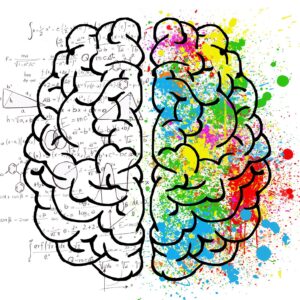The concept that “meaning is in the recipient” challenges our traditional understanding of communication. Instead of assuming that meaning is conveyed solely by the sender, the idea is that the receiver plays a crucial role in determining the meaning of a message.
For example, consider a song that is open to interpretation. It has multiple possible meanings or can be interpreted in different ways depending on the listener’s perspective. This can be due to the use of abstract or poetic language, ambiguous imagery, or the absence of explicit references to specific events or ideas.
The open-ended nature of such songs allows listeners to project their own thoughts, emotions, and experiences onto the lyrics, creating a personal connection with the music. This process of identification and emotional engagement is known as “immersion,” and it can be particularly powerful when the listener feels that the song speaks directly to their own thoughts and feelings.
A song that uses abstract or metaphorical language to describe the experience of heartbreak, for example, may be interpreted by one listener as a breakup song, while another may hear it as a reflection on the loss of a loved one. The openness of the lyrics allows each listener to bring their own context and interpretation to the music, creating a sense of emotional resonance and connection.
This concept can be applied to a range of communication mediums such as prophecies and abstract art. In each of these cases, the meaning of the message is shaped by the recipient’s interpretation, rather than the sender’s intent, which may actually be unknown.
Prophecies are often considered to be messages from a divine source, intended to provide guidance or insight into the future. However, the interpretation of prophecies is highly subjective and depends on the beliefs and cultural context of the recipient.
Similarly, abstract art is often subject to multiple interpretations, with the meaning of the work being shaped by the viewer’s perception and experiences. The artist may have had a specific intent in creating the work, but this intent is not necessarily conveyed to the viewer. Instead, the viewer is left to interpret the work based on their own perceptions and experiences.
Generative AI is another example of how meaning is shaped by the recipient. Generative AI refers to algorithms that are capable of creating new content, such as music, art, or text, based on patterns in existing data. While the algorithm is responsible for generating the content, it is the recipient who assigns meaning to it. Therefore, we should be careful in thinking that these systems have real “knowledge” or “consciousness,” as they are generating content based on statistical relations and patterns. In other words, Artificial Intelligence is not always as intelligent as we may be led to believe.





